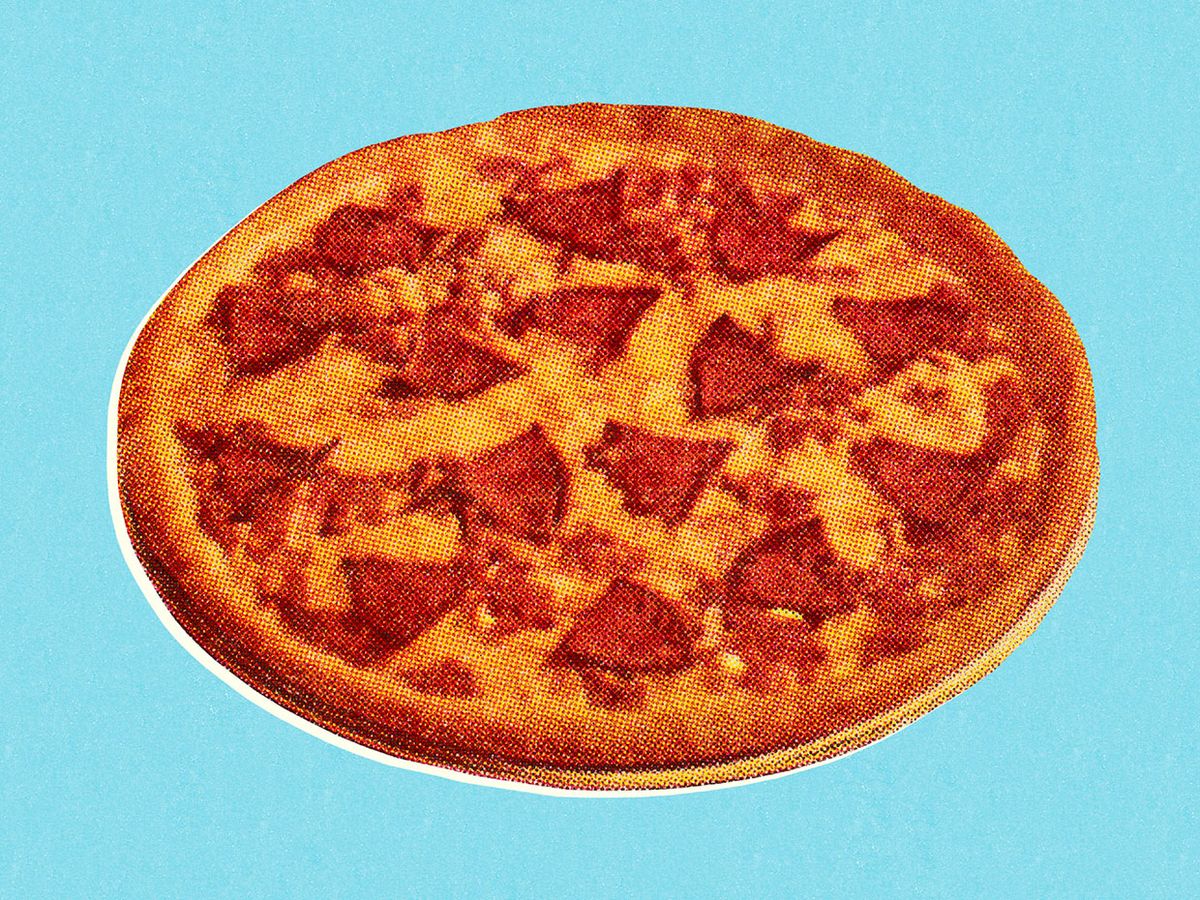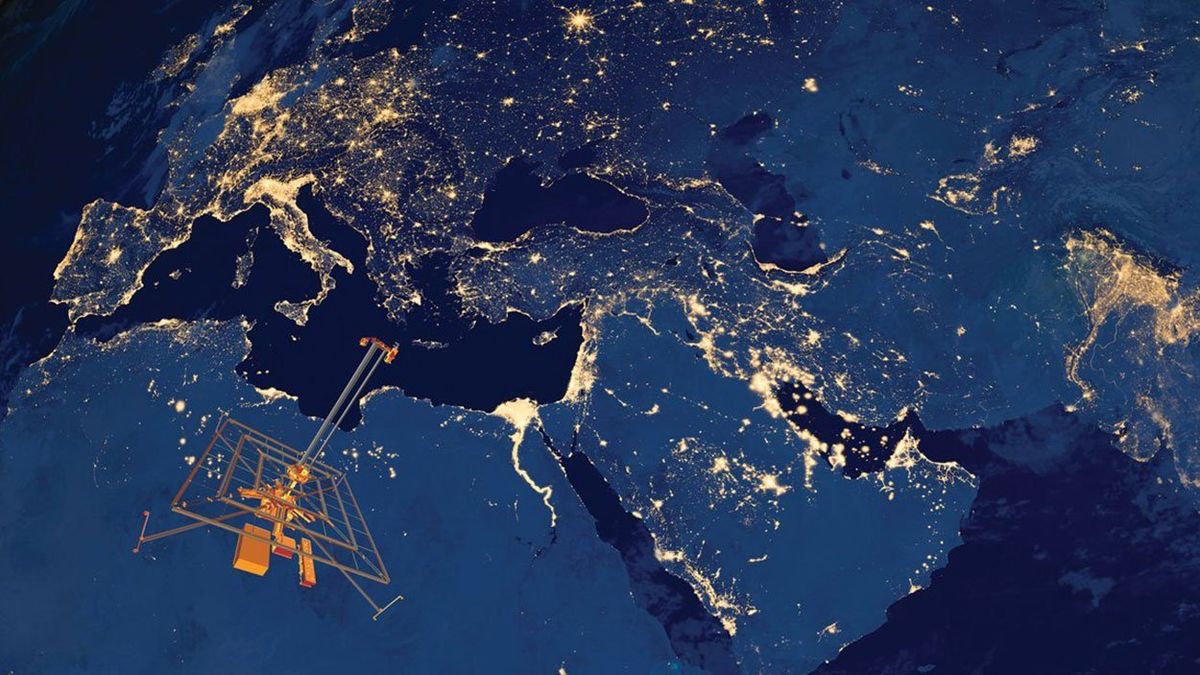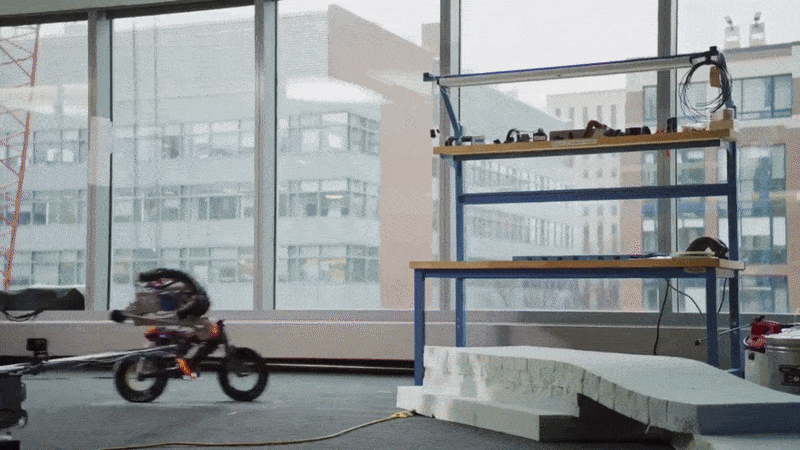Zume, the robotic pizza maker, is now valued at more than US $2 billion, thanks to its latest round of investment. According to The Wall Street Journal, this latest infusion of funds—$375 million—came entirely from SoftBank; and the Japanese conglomerate apparently has another $375 million at the ready should Zume need it. The valuation, in Silicon Valley terms, makes the new company a unicorn, one of the rare breed of startups thought to be worth over $1 billion.
This is just wrong. Because it’s just not good pizza.
Zume, based in Mountain View, Calif., launched three years ago. The company set out to revolutionize pizza delivery by turning pizza-making over to robots, and then cooking the pizza in the back of delivery vans in ovens controlled through cloud-based software. Zume has pitched van-based ovens as a vastly more efficient model for pizza delivery than using people to make the pizzas, cooking them in large ovens at the restaurant, and then sending the already-cooked pizzas out with drivers. The company has also indicated that using robots for making crusts, spreading sauce, and cutting slices can improve quality control. And Zume hopes that, once it gets the technology established for pizza, it will be able to adapt the systems to other food products and sell robots instead of just pizzas.
Right now, the company has a small delivery radius in Silicon Valley. I’m in it; I often spot a Zume truck parked about a mile from my house. So, a couple of months ago, I tried it for the first time. I invited a friend over to join my husband and me in what we expected would be a treat.
A treat it was not. We ordered two pizzas from the rather limited menu: the Veggie Zupreme and the Sgt. Pepperoni. The biggest problem was the crust. The texture and taste could best be described as cardboard. The toppings were skimpy, particularly on the veggie; the couple of scraps of peppers and flakes of mushrooms had no resemblance to the piles of brightly colored vegetables pictured on the Web site. The quality of the cheese and sauce were fine; I wouldn’t say the sauce was particularly flavorful, but it wasn’t bad.
Zume’s business vision touts its ability to get pizza to your door within 20 minutes. On my first order, the app initially estimated that the delivery time would be 27 minutes. About 15 minutes later, it provided an update: The pizzas would arrive in another 23 minutes—for a total of 38 minutes. Ultimately, it took closer to 50 minutes. Hint for Zume: Don’t suggest a precision that isn’t there. Saying 27 minutes sets a certain expectation; tell me “half an hour,” and if you’re 15 or 20 minutes late I won’t be shocked.
Customer service after the delivery was impressive, as it should be for a startup trying to establish itself. I received a review form via email and filled it out honestly—and therefore mostly negatively. I got a response from Zume customer service a day later. The company refunded the charge for the original order and gave me free pizza credits to encourage me to give Zume another try. I did, trying the Veggie again—there were maybe a few more vegetables, but still disappointing—along with the O.G., Zume's version of a basic pizza margherita. This time, the crust was a little warmer and tasted a little less like cardboard, but it wasn’t hot and still lacked an appealing texture. Again, the cheese and sauce were at a much higher temperature than the crust. (Side note: This is a pizza best eaten hot hot hot; you’re definitely not going to want to grab a slice out of the fridge and eat it cold for breakfast.)
I engaged in a bit of troubleshooting, reheating the pies in my own oven. That step improved the texture of the crust. But there wasn’t enough improvement to make me want to order Zume again—not even close.
Making the startup’s pizza even less interesting to me is its pricing: The range, from $15 for a basic cheese pizza to $25 for a combination with meat, puts Zume’s pies at the level of the artisan pizza restaurants in Silicon Valley. (Those pizzas, while nothing like East Coast pizza, can be really good.) This isn’t Pizza Hut territory.
So, when I saw this month that Zume’s investors are valuing it at $2 billion, I had to wonder exactly how much due diligence those backers did. SoftBank CEO Masayoshi Son does own a home in what seems to be Zume’s delivery area, so he certainly had a chance to give it a real test. What he actually thinks of the product is anybody’s guess. There’s no accounting for taste.
I’ll give him the benefit of the doubt and figure that perhaps he’s looking long term, at the prospects for being the market leader in automated fast-food production equipment—which could eventually be a multibillion-d0llar business. But he might also want to consider that certain foods aren’t meant to be made—or eaten—by robots.
Tekla S. Perry is a senior editor at IEEE Spectrum. Based in Palo Alto, Calif., she's been covering the people, companies, and technology that make Silicon Valley a special place for more than 40 years. An IEEE member, she holds a bachelor's degree in journalism from Michigan State University.



